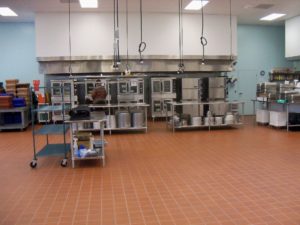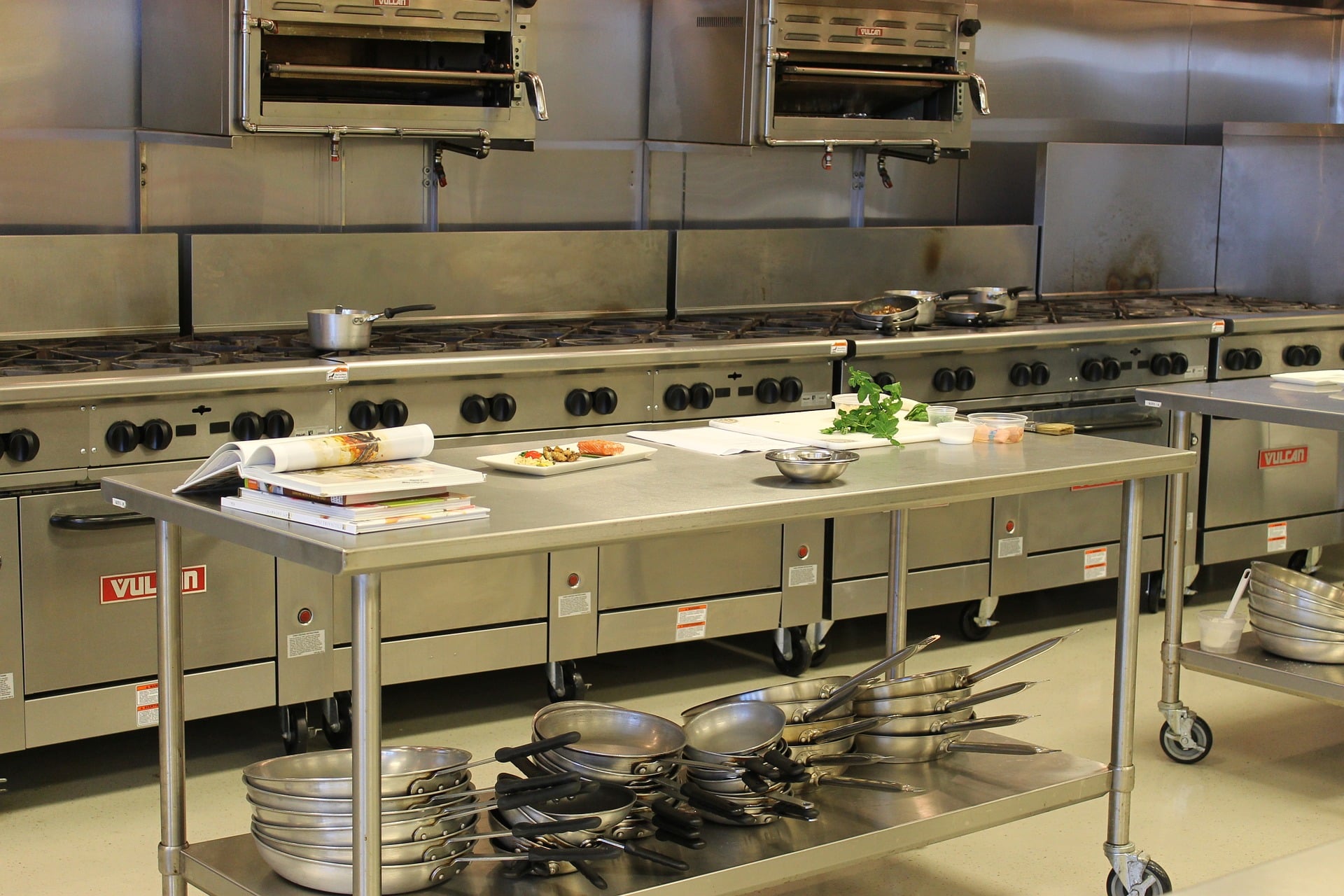A commercial kitchen is quite unlike a normal kitchen. While it serves the same function ultimately, it’s built to a scale significantly larger than what you might want in a residential place.
It needs to have the space to house a staff of cooking professionals, and it needs to have the capacity to handle huge payloads of food. Residential and show kitchens are quite different in their purposes.
Suppose you’re seeking out information on a commercial kitchen for your new business. And with this element being so critical to your foodservice venture, you must think about how you’re going to set things up and get them operating at peak capacity.
Choose a Location and Lease a Commercial Space
The very first step before you can even begin diving into the world of equipment and gear and capacity and all that is to choose a good venue for your new business venture.
And it’s not as simple as just finding a cheap space, though that might be a part of it.
One major factor is visibility and accessibility. Is it located in a spot with a lot of foot traffic? Will people who want to come in with certain disabilities be able to access it? Is there the space you need to house your customers?
Another question to ask if the demographics of the area are good. If you’re preparing fancy food, is the income high enough to support that supply? Are people in the area open to ethnic food?
Labor costs are important too. How much will it cost to renovate the space and get it running? Budget this and consider whether you can afford the expenses combined with actually leasing the space.
Lastly, look at the local competition. Will you be just another restaurant lost in the sea, or are you offering something unique that not many other places can match?
Design Your Layout and Space

Now that you’ve looked down space, you need to consider how that space will be used properly.
For instance, you want to look at whether or not seating capacity is good for your needs and that you can hit the numbers you need to turn a profit.
Also, consider whether dining room furniture will fit in where you need it to, and of course, whether the ambiance and décor match up to what you have in your mind. Remember that the restaurant’s mood and its aesthetic might influence its success almost as much as cooking.
Still, if you need some rough inspiration, here are some basic commercial kitchen design layouts to consider:
- Island-Style
- Zone-Style
- Assembly Line Layout
- Ergonomic Kitchen Configuration
- Open Restaurant Kitchen
- Food Truck Kitchen
Find The Right Equipment
Nothing will work without the right gear. The kitchen must be outfitted with the right equipment before starting anything new.
What you need will depend largely on your menu, though you will certainly need fridges, freezers, and other essential equipment. Make sure to keep an eye out for better refrigeration units.
Other equipment includes cooking equipment, like stovetops and pans and frying boards that can serve up food.
Naturally, you need commercially sized fridges and freezers to maintain the food without it going bad.
You’ll also need food preparation equipment such as knives, cutting boards, spatulas, mixers, baking trays, and more, depending on what you’re making. Small wares like measuring cups and that sort of thing are critical too.
And, of course, you need storage equipment to put all this gear onto while not in use.
As long as you gather together all this equipment, you’re sure to be on your way to starting a successful venture.
Create Your Menu
Now all that’s left to do is create the menu you will be serving. This is where fun and creativity can flourish. Consider the theme and style of your restaurant and brainstorm innovative ideas going off that simple basis. Anything can work as long as it’s delicious.
Of course, while this step can be a lot of fun for someone as passionate about food as yourself, make sure not to take any option. You want to refine your menu to have variety but also to have a distinct purpose and focus.
This is a step where you need to evaluate your audience and their needs. After all, you need people to want to eat your food.
The Final Thought
Designing an effective setup for your commercial kitchen is one of the most important things to remain at the height of functionality and performance.
Depending on what you do, you can turn the commercial kitchen into your biggest asset or your toughest challenge.
So take your time and think through the options carefully as decisions you make here can impact your restaurant for years to come.


